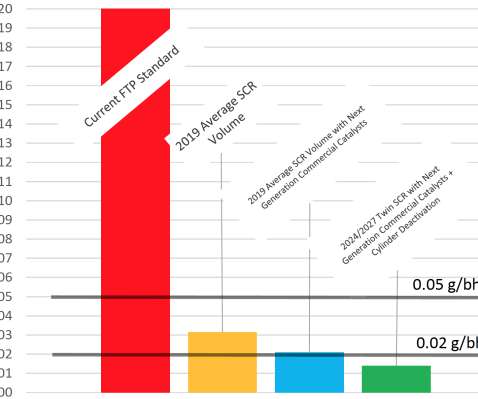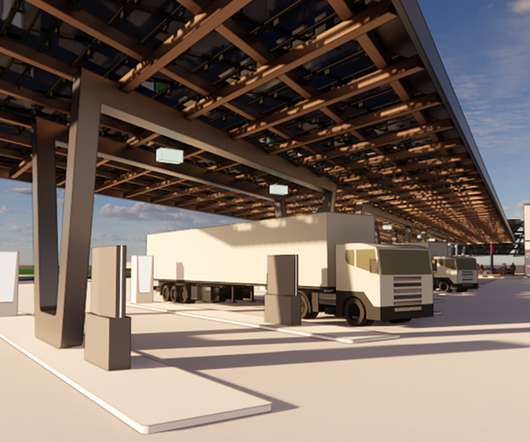MECA report finds additional NOx emission reductions from new heavy-duty trucks achievable and cost-effective (corrected)
Green Car Congress
FEBRUARY 7, 2020
Penetration of fuel saving technologies into the heavy-duty fleet has been spurred by EPA’s Heavy-Duty Greenhouse Gas Phase 1 Standards, and EPA envisions further penetration of these technologies in order for trucks to meet future Phase 2 requirements. g/bhp-hr and a future LLC certification requirement.












Let's personalize your content